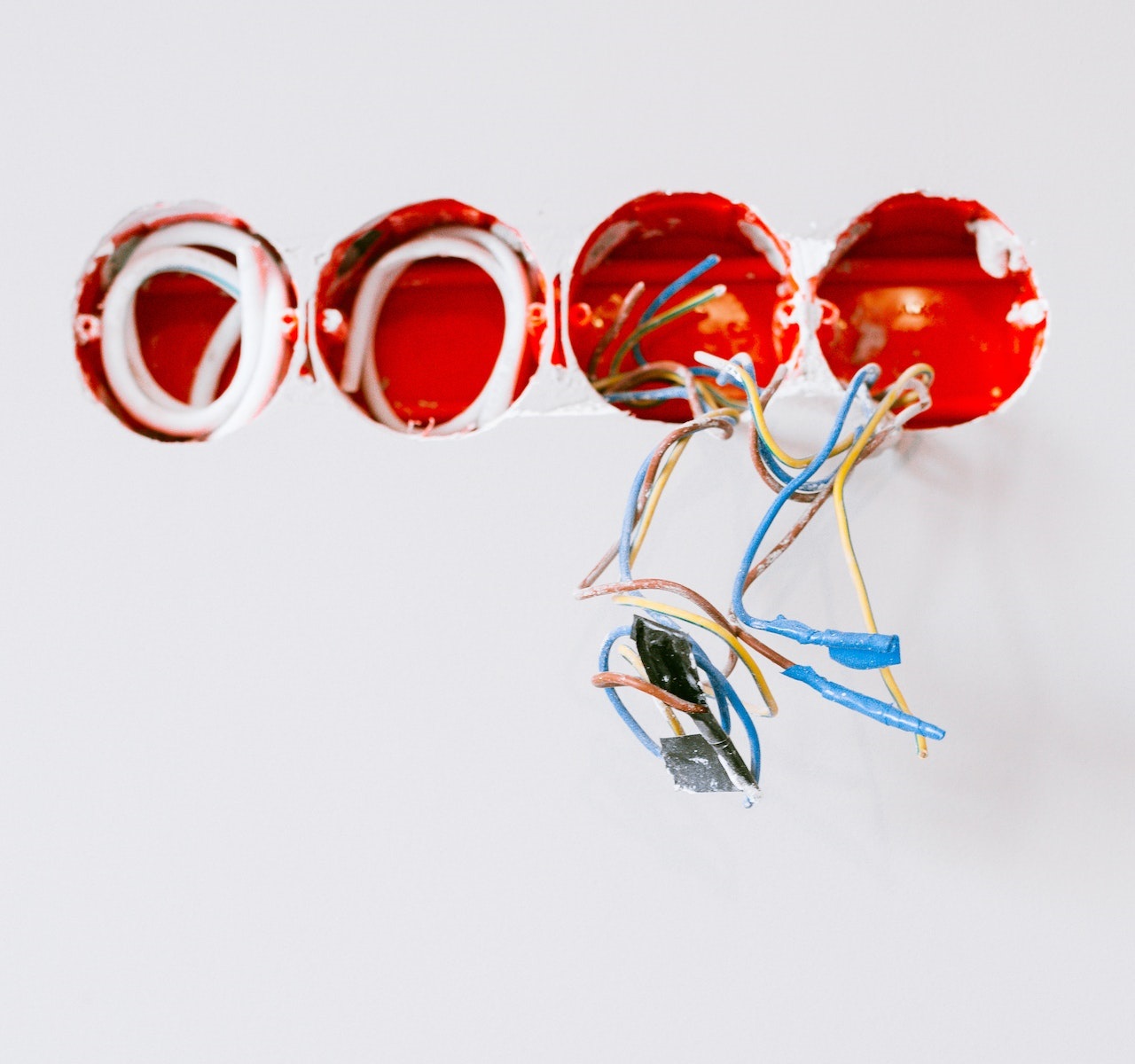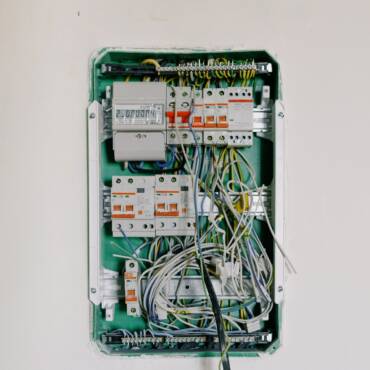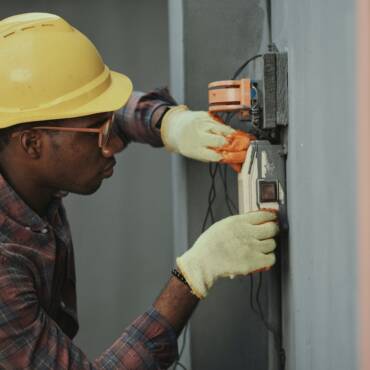Empowering Homeowners: A Comprehensive Guide to Outlet Replacement
In the realm of home maintenance and electrical safety, outlet replacement emerges as a fundamental task that every homeowner should be well-versed in. This comprehensive article delves into the importance, signs, process, and benefits of outlet replacement, equipping you with the knowledge needed to ensure a safe and functional electrical system.

Outlet Replacement
The Vital Role of Outlets: Beyond Power Source
Electrical outlets serve as more than mere power sources; they are the gateways through which electricity powers our devices and appliances. As technology evolves, outlets must keep pace, ensuring optimal performance and safety.
Signs that Call for Outlet Replacement
- Burn Marks: Dark or discoloured marks around outlets indicate overheating, posing a fire hazard.
- Loose Outlets: Outlets that feel loose or wobbly can be dangerous and should be replaced promptly.
- Frequent Tripped Circuit Breakers: If a circuit breaker trips often when you plug in devices, it might indicate a faulty outlet.
- Non-Functioning Outlets: Dead outlets that do not provide power need immediate attention.
- Outdated Outlets: Older outlets may lack modern safety features and should be replaced to meet current standards.
- Buzzing or Crackling Sounds: Unusual sounds coming from outlets can signal underlying issues.
- Incompatibility: Incompatible outlets with plugs can lead to safety hazards.
The Outlet Replacement Process: A Step-by-Step Guide
- Safety First: Turn off the power to the outlet and verify it is off using a voltage tester.
- Prepare the Work Area: Clear the area around the outlet, providing ample space to work.
- Remove the Old Outlet: Unscrew the outlet cover, disconnect wires, and carefully remove the old outlet.
- Wire Connection: Connect wires to the new outlet, ensuring correct placement (hot, neutral, ground).
- Mount the New Outlet: Secure the new outlet into the electrical box and attach the cover.
- Testing: Turn the power back on and use a circuit tester to ensure proper installation.
- GFCI Outlets: If replacing a GFCI outlet, follow specific instructions for wiring and testing.
Benefits of Outlet Replacement
- Enhanced Safety: New outlets are equipped with modern safety features, reducing the risk of electrical hazards.
- Optimal Performance: New outlets provide reliable power without flickering, sparking, or overheating.
- Compatibility: Updated outlets accommodate a wide range of plugs, ensuring convenience.
- Energy Efficiency: Some outlets offer energy-saving features, contributing to reduced utility bills.
DIY vs. Professional Help: Making the Right Choice
While DIY outlet replacement may be feasible for those with electrical knowledge, consulting a professional electrician is recommended, especially for complex wiring and GFCI outlets. Professional expertise ensures safe installation and adherence to regulations.
The Evolution of Outlets: Modern Features and Smart Technology
As technology advances, so do outlets. USB ports, tamper-resistant outlets, and smart outlets that can be controlled remotely or through voice commands are redefining the capabilities of electrical outlets.
Conclusion
Outlet replacement is not just a routine task; it is a crucial step towards ensuring electrical safety, convenience, and optimal performance in your home. By recognising signs that warrant replacement, understanding the replacement process, and harnessing the benefits of modern outlets, homeowners can take proactive measures to safeguard their living environment.



